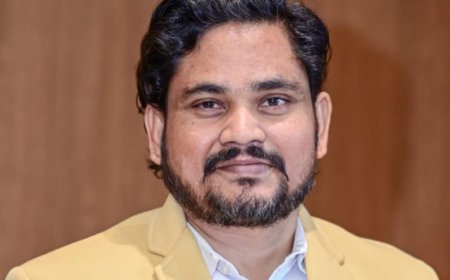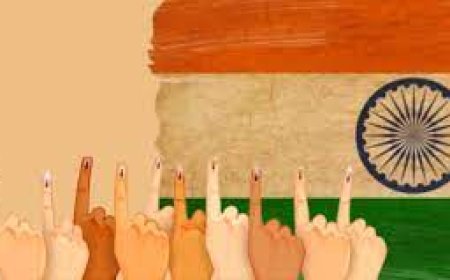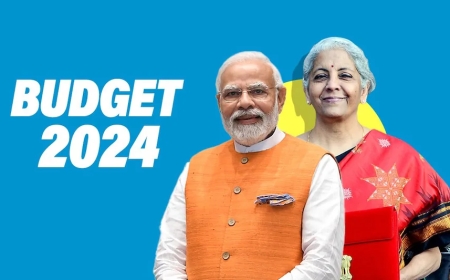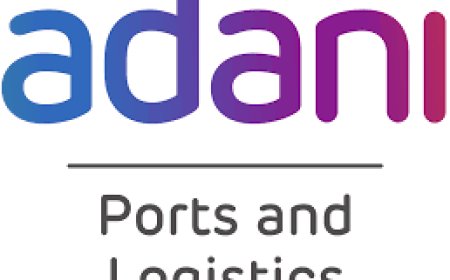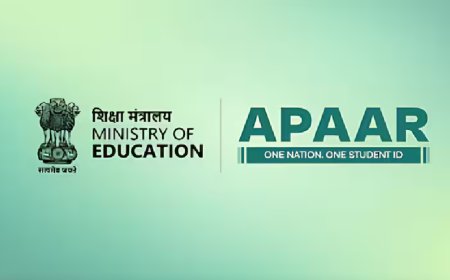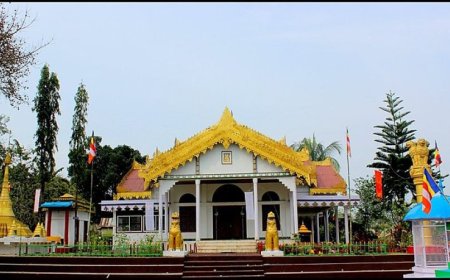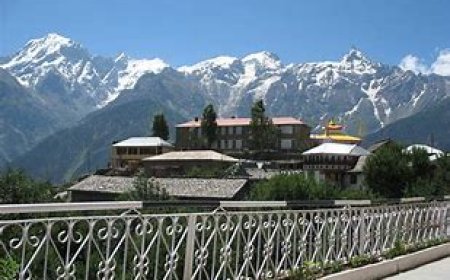MasterChef Across Borders: A Cultural Lens on Language and Expression

MasterChef Across Borders: A Cultural Lens on Language and Expression
The MasterChef franchise, originating in the UK, has been adapted globally, with notable versions in the USA, Australia, and India. Each adaptation reflects its country's cultural norms, especially in language use and emotional expression.
MasterChef USA: Intensity and Expressiveness
In the American version, judges like Gordon Ramsay are known for their intense critiques and expressive language. While the show maintains a TV-14 rating, indicating some mature content, it often includes mild profanity such as "crap," "damn," and "hell," which are generally considered acceptable in U.S. primetime television .(IMDb)
This approach aligns with American television's broader trend toward more explicit content, reflecting a cultural shift where audiences are more accepting of strong language as a form of authentic expression .(Enjoy Movies Your Way)
MasterChef Australia: Emphasis on Positivity
Contrastingly, MasterChef Australia is celebrated for its supportive environment. Judges often provide constructive feedback with a focus on encouragement rather than criticism. This tone reflects Australian cultural values that appreciate straightforwardness but also camaraderie and support .
While Australians are known for their colloquial use of strong language in everyday settings, such expressions are typically toned down in mainstream television to maintain a family-friendly atmosphere .(Cosmos)
MasterChef India: Cultural Sensitivities and Decorum
MasterChef India adheres to the country's conservative broadcasting standards. The show emphasizes respect, tradition, and culinary heritage, avoiding any form of profanity. Judges maintain a formal demeanor, reflecting Indian television's general preference for decorum and cultural sensitivity .
This restraint is indicative of India's broader media landscape, where content is often carefully curated to align with societal norms and values .
Cultural Contexts Shaping Television Content
The differences in language use across these MasterChef versions underscore how cultural norms and audience expectations shape television content.
-
United States: A culture that values directness and individual expression, leading to a higher tolerance for strong language on television.
-
Australia: While everyday language may be colorful, television content often balances authenticity with a commitment to positivity and inclusivity.
-
India: A society that places a premium on tradition and respect, resulting in television content that is cautious and adheres to cultural decorum.
These variations highlight the importance of cultural context in media production and the ways in which global franchises adapt to resonate with local audiences.
What's Your Reaction?
 Like
0
Like
0
 Dislike
0
Dislike
0
 Love
0
Love
0
 Funny
0
Funny
0
 Angry
0
Angry
0
 Sad
0
Sad
0
 Wow
0
Wow
0

